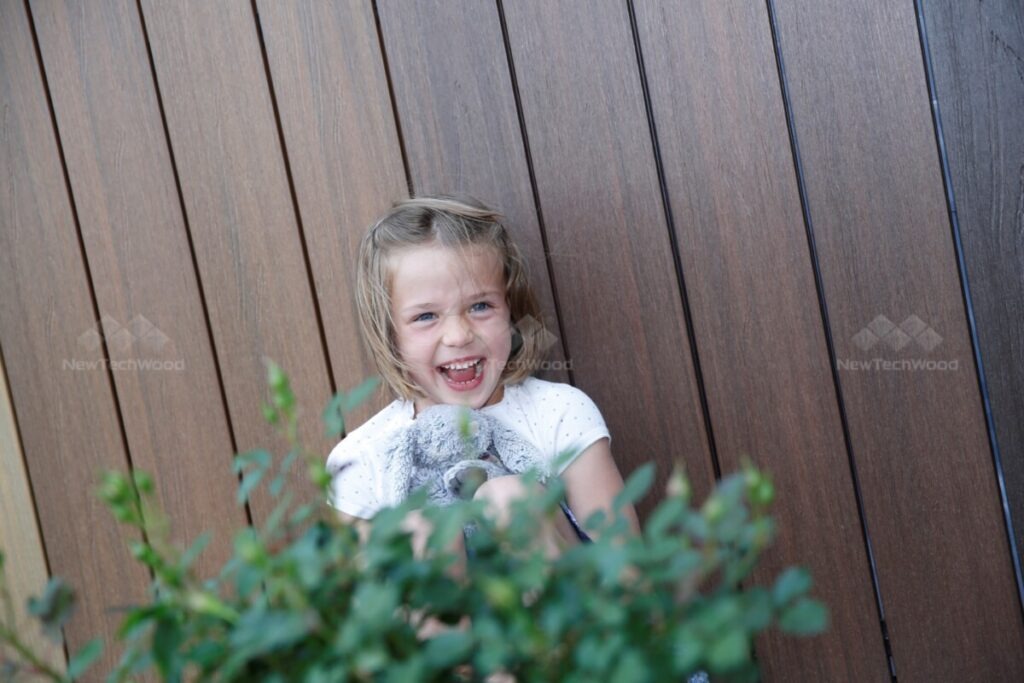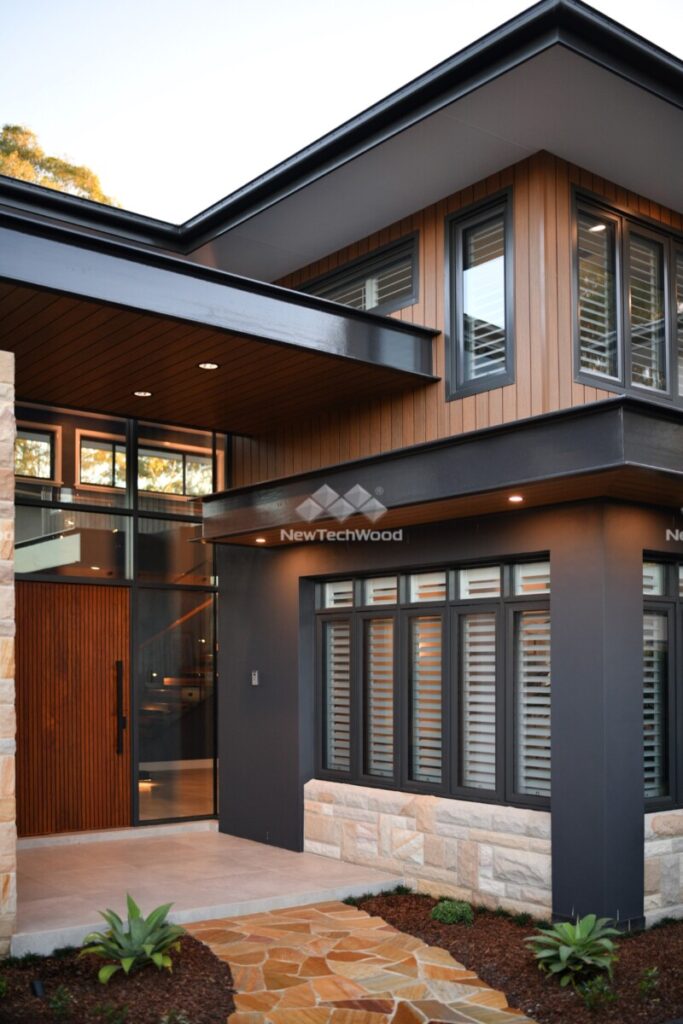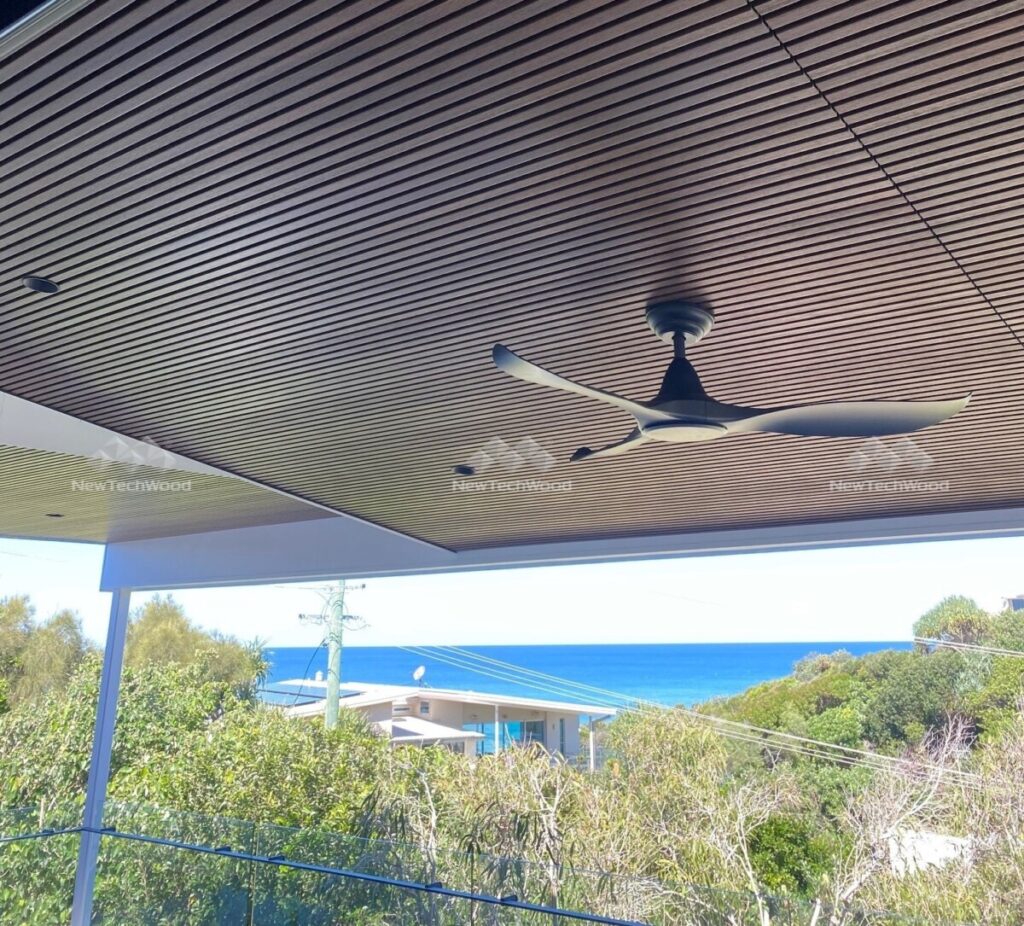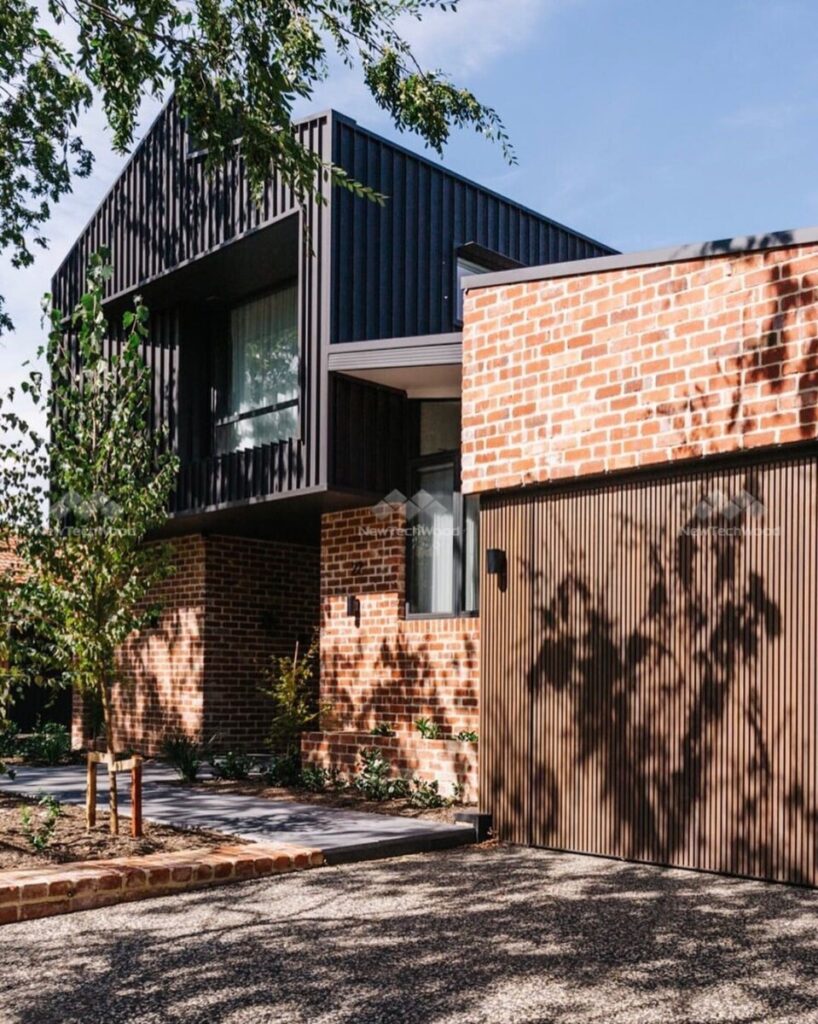News
How Long Does Cladding Last?

Is there such a thing? It’s a reasonable question: How long does cladding last? Unfortunately, this is a bit like asking “How long is a piece of string?”
By “cladding”, we refer to the material attached to the exterior (or interior) of a building’s walls that protects the internal structure from weather and the elements, provides a level of insulation against temperature extremes, as well as noise, and serves an aesthetic function when used decoratively.
Your choice of cladding can also make or break your home’s street appeal and in turn its property value. The wrong cladding can cost you in time and money over the years, so if you don’t have the time or ability to do the maintenance some cladding requires, it is going to matter. So, your choice of cladding and how you use it can be important, and understandably, you want value for money. Looking good is one thing, but durability is quite another.
If you live in a fire zone your choices will be more restricted, but apart from that your options can include traditional timber, plywood, metal, PVC, fibre cement, plaster, vinyl, brick, stone-look cladding, or a composite cladding.

(Image: Binet Homes, NSW, featuring NewTechWood US31 in Teak)
Factors Affecting The Durability of Cladding
Several factors determine how long your cladding should last and which cladding might be your best option. Metal, plastic, timber and composite claddings all have their pro’s and con’s.
Many modern cladding options (like NewTechWood’s Shadowline and Castellation) are pre-finished, meaning once installed, they don’t require any special coatings or painting treatments. Raw timber and anything you have to seal or paint, straight away you can consider a lifetime requirement. Fulfilling these ongoing maintenance requirements obviously influences the life expectancy of your cladding. Other influences include:
Climate
There is a considerable difference between living in, say, southern Tasmania and northern Queensland in terms of climate, annual storm activity and so on. Some cladding materials are best suited to particular climatic conditions, so if you install a product that’s better suited to a cooler climate and you live in the tropics, it stands to reason that it may not last as long.
Along with this consideration is placement. Cladding under a protective gable on a shaded part of your home or as ceiling lining is going to fare better over the years than an exposed wall facing an unforgiving Australian summer sun and winter rain and storms.

Fade Issues
Some products fade faster than others regardless of whether they were protected initially by paint or sealant. Even metal cladding will fade eventually and lose its shiny new look. It’s a fact of life in Australia. Things fade. But some things fade less than others – for example, NewTechWood, which comes with a 25-year Fade Warranty because of the boards’ great Ultra-Violet resistance. However, no material is fade-proof, especially when the materials are exposed to years of UV exposure and the elements.
NewTechWood warrants that their boards are resistant to colour change from light and weathering exposure as measured by colour change in excess of 5 Delta E (Hunter) units, which is the accepted industry standard. So that is reassuring for NewTechWood owners, especially in climates like Australia, where things fade quickly. Some other cladding products don’t have a fade warranty, even among composites, so again, it’s buyer beware.
Termites and Other Pests
Are you in a termite prone area? This may affect your decision regarding timber cladding, but even if you decide to go with a timber-look composite, while that won’t attract termites, some cheaper brands of composite cladding with unprotected foam backing can house rats, mice and birds.
NewTechWood is fully protected on all 4 sides of the board, so it is impossible for pests to make a home there, and of course, it is impervious to termites and wood boring insects. The only other cladding material that can confidently boast that protection is metal.
What’s The Best Option – Metal, Timber or Composite?
Ultimately, the largest pro for any particular choice of cladding materials may well come down to your personal taste. But as for what is better, there are some obvious considerations.
Metal
Metal requires little in the way of ongoing maintenance. It probably isn’t your best friend if you live in a hot climate, being a known conductor of heat. Some metal cladding is also prone to rust and corrosion, because eventually any protective covering will fade and wear off, and if scratched, it opens the way for these nasties to occur even faster.
Even Aluminium, which is generally corrosion resistant, can fall victim if situated near a coastal area exposed to the salt air, so you’d need to be on top of your regular maintenance. Laminated metal panels also face the risk of rust if the lamination starts to flake or peel and moisture then find its way through to the metal.
Stormy weather, heavy flying objects, heavy tree branches, etc. are all capable of denting your metal cladding, and if on ground level where children play, you can expect some toys, e.g. cricket balls, to leave their mark. Those dents may be considered minor but they damage the finish and allow the elements to reach the metal and create corrosion.
On the other hand, aluminium and steel cladding are generally hard wearing and have an expected life span of up to 100 years. This is wonderful news if you have a building that needs to survive that long, but if your building doesn’t need to last that long and you’re on a budget, you may save money choosing a less expensive option.
Aluminium, Steel and Zinc cladding are also not the best insulators. Powder coated aluminium generally has a life span of 15 years. Corrugated steel cladding has an expected life span of around 20 years. Of course, they may last longer, but how they will look as they reach these ages is another question.
Timber
More affordable upfront, a good insulator, light weight, and easy to work with. However, if you prefer the timber-look, remember you will need to seal or paint this over its lifetime, because paints fade, flake and peel off. You will be sanding back and resealing or repainting your natural timber home forever, and depending on the timber, you may even have annual termite protection to consider, unless you have pretreated timber (toxic chemicals).
Of course, any damage to timber cladding can easily be repaired, but the ongoing maintenance will be part of your life, and even if you do the labour yourself, there is still the associated cost of maintenance products. Unfortunately, what starts off as one of the most easily affordable claddings ends up being more expensive over its lifetime.
The natural timber that is considered to make the longest-lasting cladding is western red cedar, with an anticipated life span of 25-35 years. Some native timber species, like Spotted Gum, also have BAL fire protection ratings. It’s good to know, especially if regular, ongoing maintenance doesn’t bother you.
Composite
Composite, like NewTechWood, is popular because it does not suffer from many of the problems inherent in metal cladding, nor does it require the regular, ongoing maintenance required of natural timber. However, not all composites are created equal.
With composite cladding products, you don’t have the issue of ongoing maintenance and associated expenses. Unless you consider hosing down your cladding to wash the dust off as maintenance. Some composite brands, like NewTechWood, are clad around all four sides of each board, protecting its core from the elements, and of course, termites and wood boring pests aren’t a concern. Other brands are not capped or are only capped on the top and sides. The thing is, with composites, full capping is essential for complete protection.
Fully capped Composite cladding boards are much more durable than natural wood. It won’t warp, rot, split, splinter or crack, and it is also lightweight and easy to install. All you have to do is choose your colour and install it. As a pre-finished product, it never needs sanding, painting or sealing – ever – however, there is a drawback – you can’t paint over it if you want to change the colour one day, like you can with timber.
Composites are considered the most sustainable cladding products, manufactured using recycled timber fibres and recycled plastics and are super eco-friendly. But can they really outlast natural wood?
Yes – they are manufactured that way. That’s the whole idea. The inclusion of plastic lends strength and ability to withstand elements more than natural timber. It is why composites, like NewTechWood, do not splinter, warp, sag, rot, fade or become affected by insects. The 360 degree protective polymer capping ensures each board is protected and is also the reason why you can install it and then, apart from washing it down with the hose now and then, you can forget about maintenance issues and costs forever.
You can also combine the different cladding forms!

Image Credit: Keksia.
So, there you have it. Metal and composite are perfect choices for those who do not want to spend time and money maintaining their cladding and want their cladding to last the longest. Of those two options, metal may not be wise if you live in warmer climates, while composite is perfect in any climate, especially if you prefer the aesthetic appeal of timber, but some can’t be used in BAL-rated areas.
But what about the cost? Well, yes, composite is usually slightly more expensive than natural timber cladding to buy upfront, but then you need to think about the cost of ownership over the product’s long life.
With composite cladding, what you pay upfront is all you ever pay.
With natural timber, you will spend your life factoring in the cost of maintenance, and even if you do all that maintenance yourself, you still have to pay for the products necessary to maintain it: clean, sand, oil, stain, varnish or paint every 3-5 years to avoid warping, splinters, rotting, cupping, mould, insect-related problems, and to keep it looking good.
Why bother with all that when you can have a product that needs no ongoing maintenance, will last longer than natural timber, and can rival real timber for natural looks?